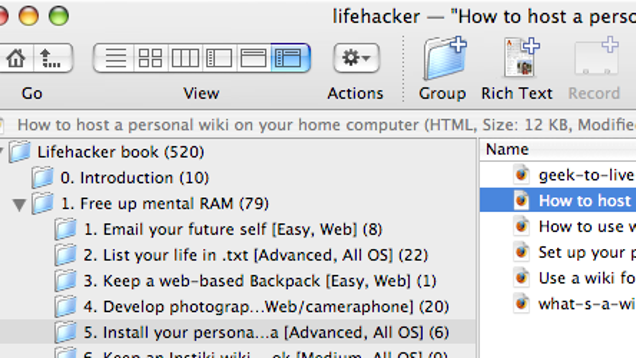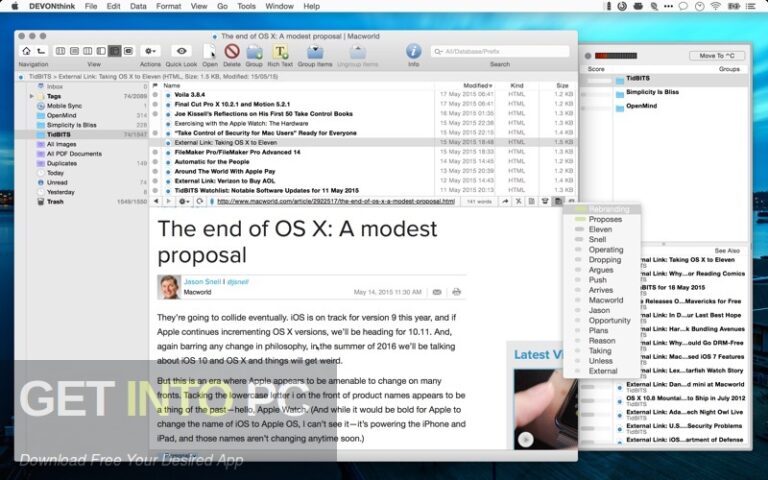
Tinderbox will display a menu of notes with that initial selecting a note from this menu will add a text link to that note. When typing in the text pane, you can quickly add a text link to a note by typing two left brackets – [[ – and the initial letter of the note’s name. For example, if you have a note that’s nearly centered between two other notes, Tinderbox will help align it precisely. In contrast to the old Tinderbox grid, these guides work to figure out what you’re currently doing, and help you do it consistently. Ringside Condensed is recommended for adornments, Tungsten is great for dashboards where you want big numbers in a small space.Ī new system of guides of kibbitzers works in Tinderbox maps to help keep your notes neatly aligned. The elegant Ideal Sans Book is now the default map font, and highly-legible Mercury is now the default text font. These superb fonts are carefully designed for reading on the screen. By setting the default value of $NeverComposite to true, composites can be turned off throughout a document.įour new fonts – Mercury, Ideal Sans, Ringside Condensed and Tungsten – are now built into Tinderbox. Again, techniques used here may be useful in many other contexts.Įdit ▸ Break Composite can be used to break up a composite into individual components.Ī new boolean attribute, $NeverComposite, allows you to exclude a note from all composites. It’s typical of a number of situations where we want to capture various facets about an event. The built-in composite for lectures is useful for conferences and syllabus planners. When a new item is dragged to the bottom of the list, its color, size, and position are set automatically by the list item’s $OnJoin action. The built-in composite for lists has a single dark header, followed by one or more items. Several Built-In Composites are available in the File menu and provide useful examples. When a note joins a composite, its outline position is changed to fall after the last item in that composite.

The composite name and its edit widget are also displayed when the composite is selected.

When selected, composites are outlined with a darker and thicker bounding box. (To break up a composite, option-drag any member of the composite or select the composite and choose Edit ▸ Break Composite. To form a composite, simply move two notes together so they touch. Composites are clusters of notes that move together in map view, and that can know about the other members of a composite.


 0 kommentar(er)
0 kommentar(er)
